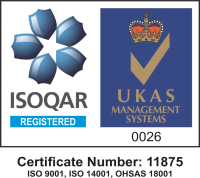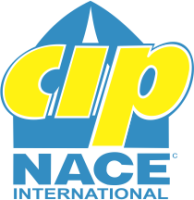The reason why bioremediation is a good solution for environmental rehabilitation
As the world plunges further into environmental distress, the need for eco-friendly solutions across every industry has never been higher. There are many ways to conserve and clean the environment, remediation is one of them. The bioremediation process is a method used in remediation that is favoured because of its sustainability and cost-effectiveness and is considered a crucial practice for environmental rehabilitation.
What is environmental remediation?
Environmental remediation involves removing specific pollutants out of natural media, such as soil and surface water, to reduce exposure from harmful things such as radiation from toxins, pesticides, trash and other health hazards.
This process is essential for several industries, especially construction, civil engineering and demolition. This is because land that is worked upon needs to be safe to work with and free of harmful pollutants in order to effectively rehabilitate the environment.
The bioremediation process explained
As a favoured method of environmental rehabilitation, the bioremediation process involves altering certain physical conditions of natural media through chemical reactions within the targeted environment.
This is done to stimulate the growth microorganisms that will allow the land to retain its natural state, aid in the degradation of the targeted pollutants and effectively work towards environmental rehabilitation.
There are a few ways to perform bioremediation, such as the use of Aerobic and Anaerobic chemistry.
Aerobic oxidation
As the most common form of bioremediation, aerobic oxidation uses oxygen as an electron acceptor to oxidise substances such as petroleum, polyaromatic hydrocarbons (PAHs), phenols, and other targeted pollutants. Oxygen is used because it has a higher energy yield compared to other electron acceptors.
When pollutants are exposed to the oxygen, they become electron donors, a process which slowly but effectively degrades the targeted pollutants. These pollutants can range from sugar and alcohol to organic material and fuel hydrocarbons.
Anaerobic oxidation
Anaerobic bioremediation is commonly used to treat chlorinated ethenes and ethanes, chloromethanes and organochlorides. The process is done by introducing an oxygen donor to targeted areas to deplete background electron acceptors which can then stimulate the biological or chemical reduction of the oxidised pollutants. This method aims to degrade toxic substances by decreasing their toxicity to organisms over time.
Here at SA Corrosion Control, we take environmental rehabilitation very seriously. Contact us today to find out how we can help you with your bioremediation needs!




